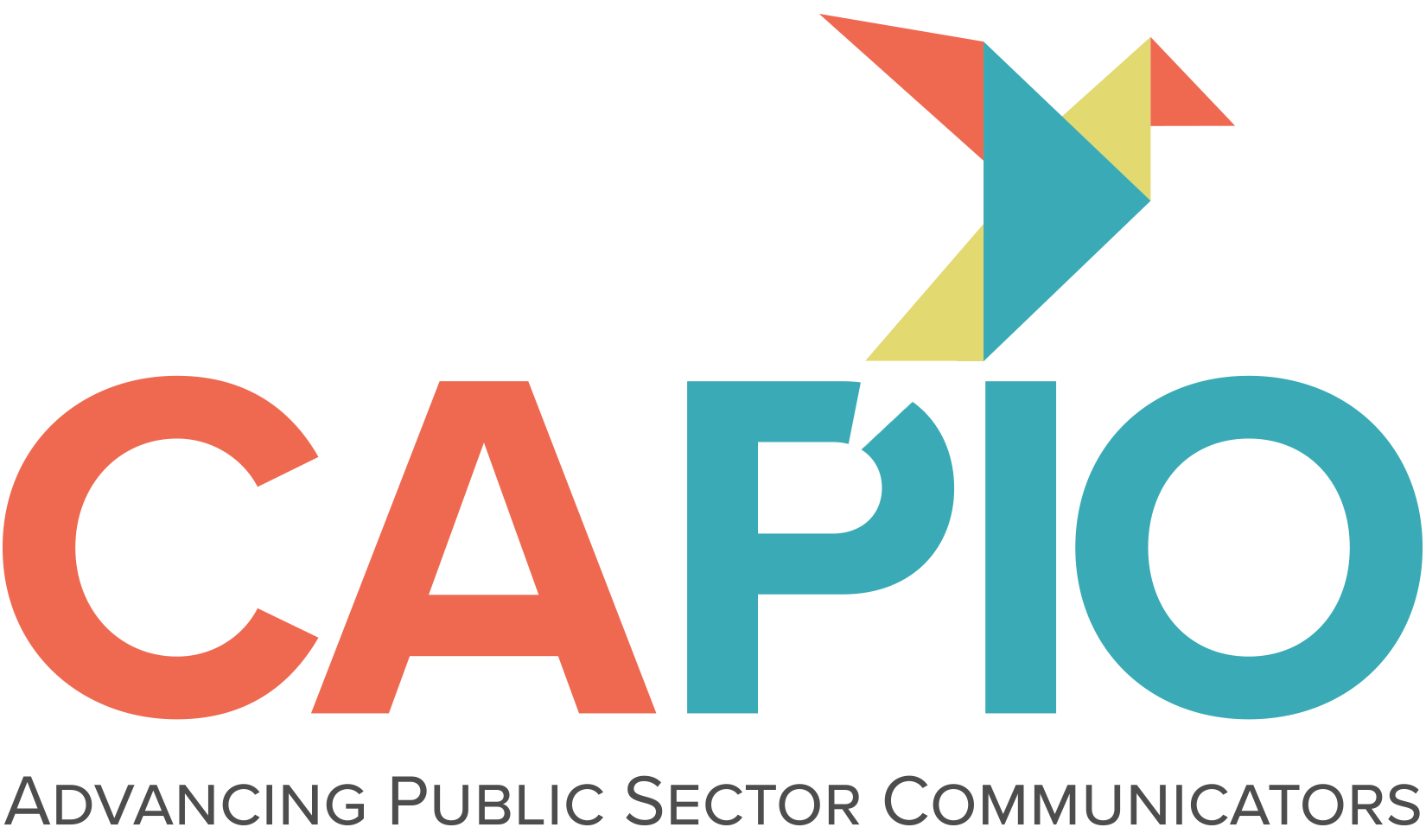The Evolution of Business Cards: From Tangible to Technological
Article courtesy of CAPIO Diamond Partner Tripepi Smith
Business cards have long served as essential tools for professional networking and personal branding. As technology continues to reshape how we connect and communicate, these networking staples are undergoing a significant transformation, moving from carefully designed paper cards to dynamic digital formats. Understanding the evolution can help professionals adapt their networking strategies while continuing to facilitate quick and effective information exchanges.
Traditional Business Cards and Their Impact
Business cards represent more than just contact information: They are statements of professional identity and brand quality. Premium paper stock, metallic foils, embossing and creative designs can serve as differentiators, allowing professionals to stand out among competition and create memorable first impressions at meetings, conferences and networking events.
Traditional business cards now face modern challenges. The cost of frequent reprints when information changes and the inconvenience of carrying and organizing physical cards have led some professionals to seek more efficient alternatives. Additionally, the global shift toward digital communication has created greater demand for technologically advanced networking solutions.
The Rise of Digital Business Cards
Digital business cards represent the latest development in the evolution of professional networking. The digital alternatives offer notable advantages:
Dynamic Content Updates: Digital cards can be updated instantly with new contact details, job titles or social media profiles.
Enhanced Information Sharing: Digital cards can include far more than traditional contact information, featuring portfolio links, video introductions, calendar scheduling tools and direct connections with customer relationship management systems.
Analytics and Tracking: Many digital business card platforms like Popl offer insights to users about when and how often their card is viewed, helping businesses measure their networking effectiveness and optimize their follow-up timing.
Environmental Impact: Digital alternatives also align with sustainability goals by reducing waste from outdated cards while continuing to maintain professional networking capabilities.
Strategies for Implementation in Your Organization
Successfully implementing digital business cards requires thoughtful planning and execution. Organizations should consider these key factors:
Platform Selection: Choose a digital business card platform that aligns with your needs, examining the platform’s ease of use, customization options, integration capabilities and security features.
Design Consistency: Maintain brand integrity by ensuring digital cards reflect your organization’s visual identity, including logos, colors and typography.
Hybrid Approach: Consider maintaining both digital and minimal physical card options, ensuring effective networking across all professional contexts.
Looking Forward
As technology continues to evolve, we can expect digital business cards to advance and incorporate new features like augmented reality displays, integrated video conferencing capabilities and advanced analytics. These innovations will further enhance the networking experience while maintaining the fundamental purpose of business cards: facilitating meaningful professional connections.
The evolution from paper to digital business cards reflects broader trends in professional communication. Embracing these changes alongside fundamentally effective relationship-building can create stronger connections in an increasingly digital world.
If you’re looking to modernize your organization’s networking tools, don’t hesitate to contact the communications experts here at Tripepi Smith.

